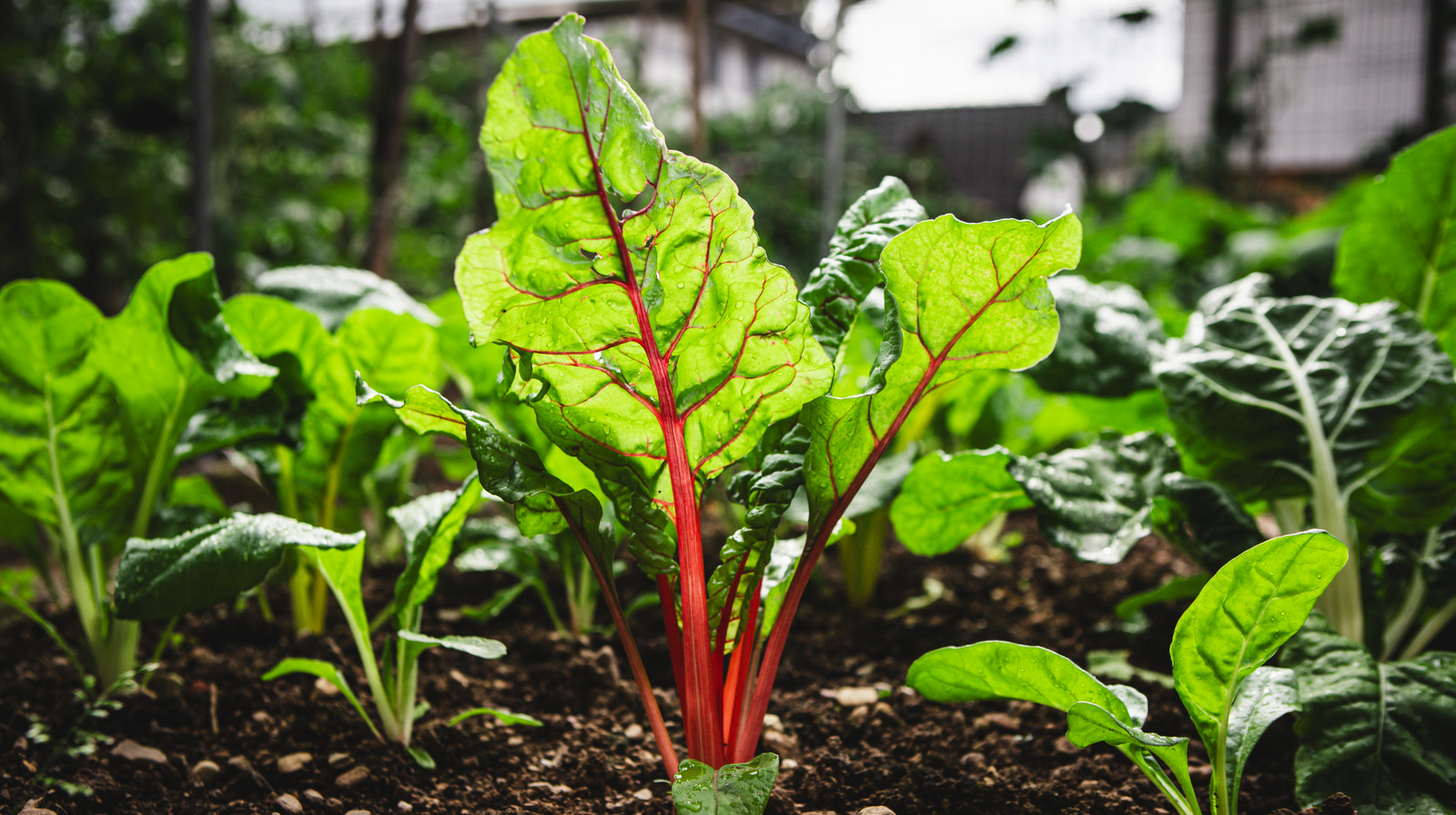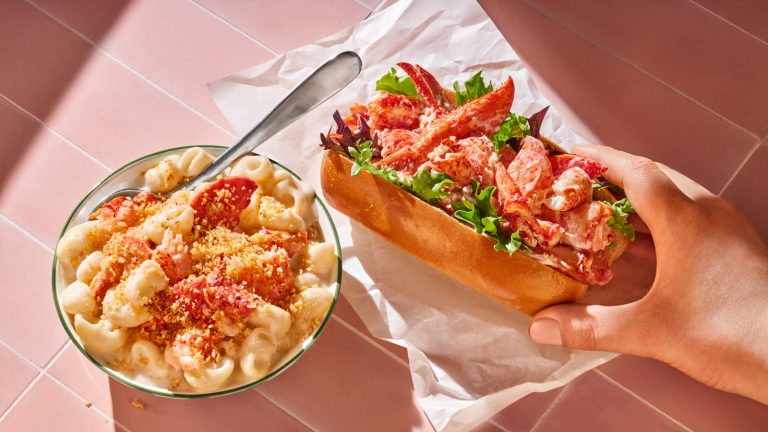It might seem tempting to take advantage of the free dirt sitting in your backyard and use it for your pots or garden beds. This is actually an amateur mistake — this dirt can cause more harm than good. The reality is, you probably don’t know the composition and health of the dirt sitting in the backyard. If you think you don’t have a green thumb, it could simply be that you’re not using actual soil — because dirt and soil are not exactly the same thing. Soil is full of everything plants need, while dirt is, in essence, debris.
Dirt in the backyard is not light and loose, but rather tight and compact, and it may also contain high levels of heavy clay or old roots. None of this is ideal for a vegetable garden, as plants need loose, well-draining soil so their roots can breathe and grow. Compact dirt doesn’t support proper drainage, and this can lead to rotting roots. The dirt can also be too sandy, which does not contain a high level of nutrients, nor does it retain water well.
Just like humans need a proper mix of nutrients to grow, plants need the same. Most of us don’t know the full history of our backyard dirt — it could have been overused or covered in grass for years, leading to nutrient depletion. Lacking the correct mix of nutrients will stunt plant growth, and using leftover tea bags to fertilize and restore all necessary nutrients to the dirt won’t work here. Plus, a vegetable garden full of weeds is a time-consuming project to have on hand; using clean soil without weed seeds can minimize the amount of these pesky plants.
What soil to use for a vegetable garden
If you plan on growing vegetables in pots and small boxes, you can forget about your backyard dirt and use 100% store-bought soil. Go for a soil labeled as a potting mix – you want to make sure that the soil is light and airy so that it won’t get packed down in the pot or container. For raised garden beds, bags labeled garden soil can be purchased. Taking this route is a good start for the beginner gardener – it doesn’t take much prior knowledge or space.
However, if you’re keen on making a large garden that will go directly in the ground, there’s a different approach. The easiest way is to lay down a few inches of quality garden soil on top of the existing soil.
To be more precise, you can first do a pH assessment of the soil to determine what is needed to amend the existing backyard dirt. You’ll need to get pH strips or a digital pH meter to determine what the condition of the soil is. A range from 6.0 to 7.5 is ideal for most vegetable crops. From here, you’ll once again start with a quality garden soil mix (your local garden center can guide you in the right direction), and also purchase a variety of ingredients to adjust the pH and improve the nutrients, like compost, organic matter, sand, and silt to mix into the existing soil. Large lumps of clay and old roots should be broken up as you mix the new soil with the dirt. With these steps, you should be growing your vegetable garden in no time (no thanks to run-of-the-mill, backyard dirt).






